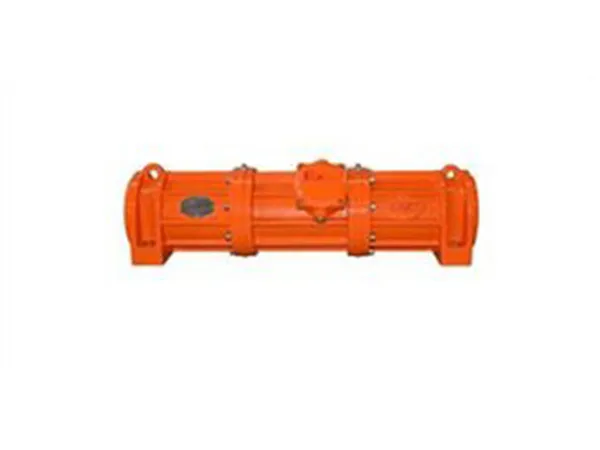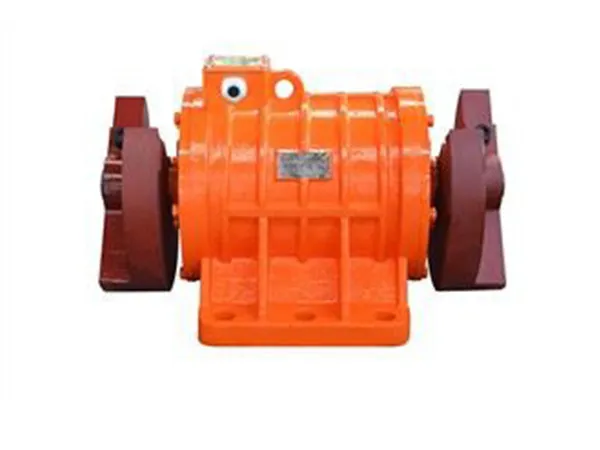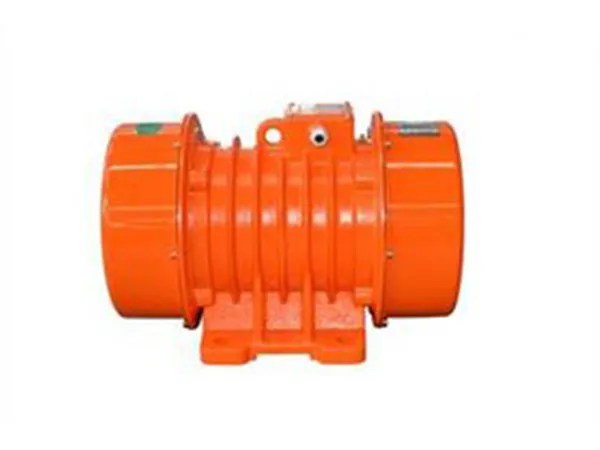time:Aug 13, 2024 source:ZEXCIT
A vibratory motor is a type of motor used to generate vibrations in machinery and equipment, typically for tasks such as material handling, screening, and conveying. Vibratory motors are essential components in industries like mining, construction, food processing, and manufacturing.Selecting the right vibratory motor is crucial for ensuring the efficiency and effectiveness of vibratory equipment like feeders, screens, conveyors, and other vibrating systems.

Type of Equipment: Identify whether the motor will be used in a vibrating feeder, screen, conveyor, or another type of vibrating equipment.
Material Characteristics: Consider the type of material being processed (e.g., bulk density, particle size, flowability) as these factors will influence the motor's power requirements.
Operating Environment: Consider the working environment, such as temperature, humidity, exposure to dust, and whether the motor will operate indoors or outdoors.
Static Moment (Force Output): This is a critical factor in motor selection. It’s typically measured in Newton meters (Nm). The static moment is calculated based on the weight of the material, the equipment, and the desired amplitude of vibration.
Static Moment = Mass x Distance (where mass is the total mass to be moved and distance is the eccentric distance of the motor's weights).
Manufacturers often provide guidelines or calculators to help determine the correct static moment for specific applications.
Motor Size: Select a motor that can provide the necessary force output. The motor size is directly related to the amount of force it can generate.
Power Rating: Ensure the motor has sufficient power to meet the requirements of the application. Power ratings are typically given in kilowatts (kW) or horsepower (HP).
Speed: Choose a motor with an appropriate rotational speed (RPM). The speed will affect the frequency of vibration. Higher speeds generally result in higher frequencies, which may be suitable for fine materials, while lower speeds are better for coarser materials.

Unbalanced Motor: Typically used for feeders, screens, and conveyors. They generate vibration through an unbalanced weight attached to the motor's shaft.
Electromagnetic Vibrator: Suitable for applications requiring precise control of vibration and are often used in feeding applications.
Pneumatic Vibrator: Ideal for environments where electrical motors might not be suitable, such as in hazardous locations or where explosive dust is present.
Foot Mounted: The motor is mounted on a flat surface, commonly used for feeders and screens.
Flange Mounted: The motor is attached to a flange, typically used in equipment where the motor must be mounted vertically or at specific angles.
Ensure the motor is compatible with the available power supply in terms of voltage and frequency. Common voltages include 230V, 380V, or 460V, with frequencies of 50 Hz or 60 Hz.
Ingress Protection (IP) Rating: Select a motor with an appropriate IP rating for protection against dust and water ingress.
Temperature Rating: Ensure the motor can operate within the temperature range of your application.
Corrosion Resistance: If the motor will be exposed to corrosive materials or environments, choose one with adequate corrosion protection.
Bearing Type and Life: Select a motor with high-quality bearings that can withstand the operational demands of the application.
Lubrication: Consider whether the motor requires periodic lubrication or is maintenance-free.
Serviceability: Choose a motor that can be easily serviced and for which spare parts are readily available.
Ensure the motor complies with relevant safety standards and regulations, particularly in environments that require explosion-proof or hazardous location certifications.

Review detailed specifications provided by motor manufacturers to match the motor’s characteristics with your application’s requirements.
If possible, conduct a trial run or simulation to ensure the selected motor meets the operational needs of your application.
By carefully considering these factors, you can select a vibratory motor that will provide efficient, reliable performance for your specific application.
MVT series vibrator compared with ordinary vibrators, MVT series vibrators have wider vibration coverage and more convenient installation. MVT series vibrators are widely used in coal, mining, petroleum, foundry, food processing and other industries. Used on vibrating screens, feeders and other equipment.
READ MORE
The VBH series vibration motors are specialized electric motors designed for generating controlled vibrations in various industrial applications. These motors are known for their reliability, durability, and efficiency, making them suitable for integration into equipment such as vibrating screens, feeders, conveyors, compactors, and sieves.
READ MORE
VB series vibration motors are used as the excitation source of various types of vibration machinery, such as vibrating feeders, vibrating conveyors, vibrating ore discharge machines, vibrating sand shakers, vibrating screens, and vibration anti-blocking devices for silos, etc., and are widely used Electricity, building materials, coal, mining, metallurgy, chemical industry, light industry, casting and other industries.
READ MORECopyright © 2023 Xinxiang Zongyuan Machinery Equipment Co., Ltd. | All Rights Reserved.